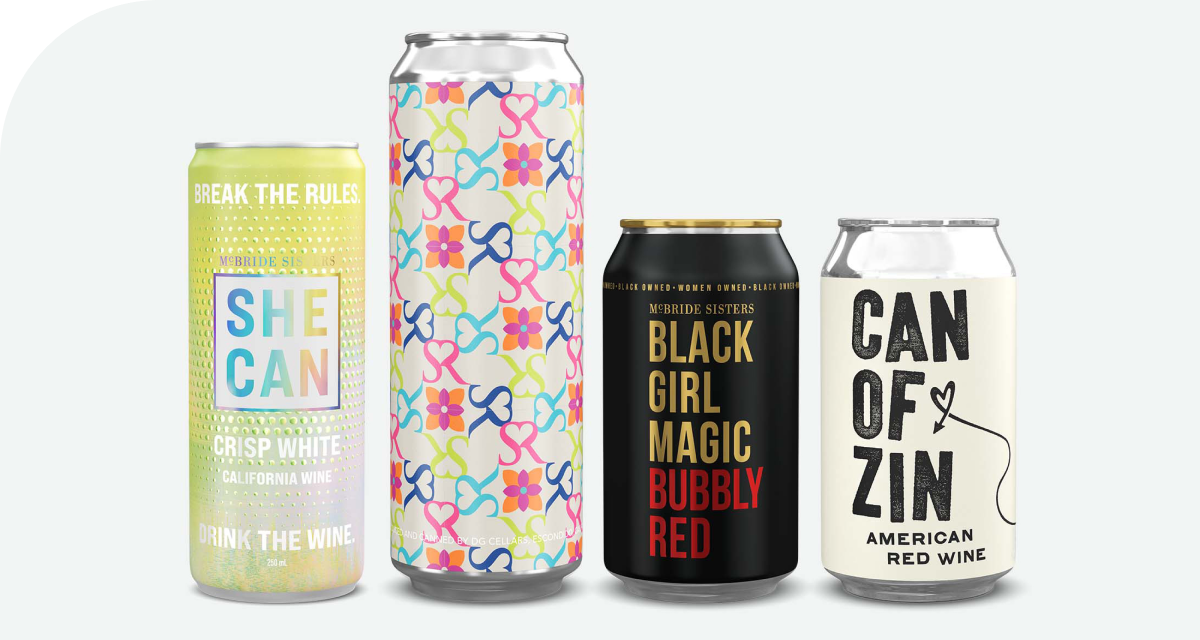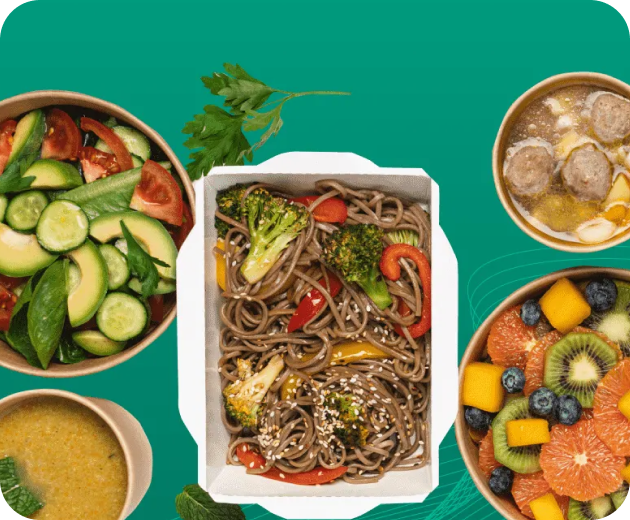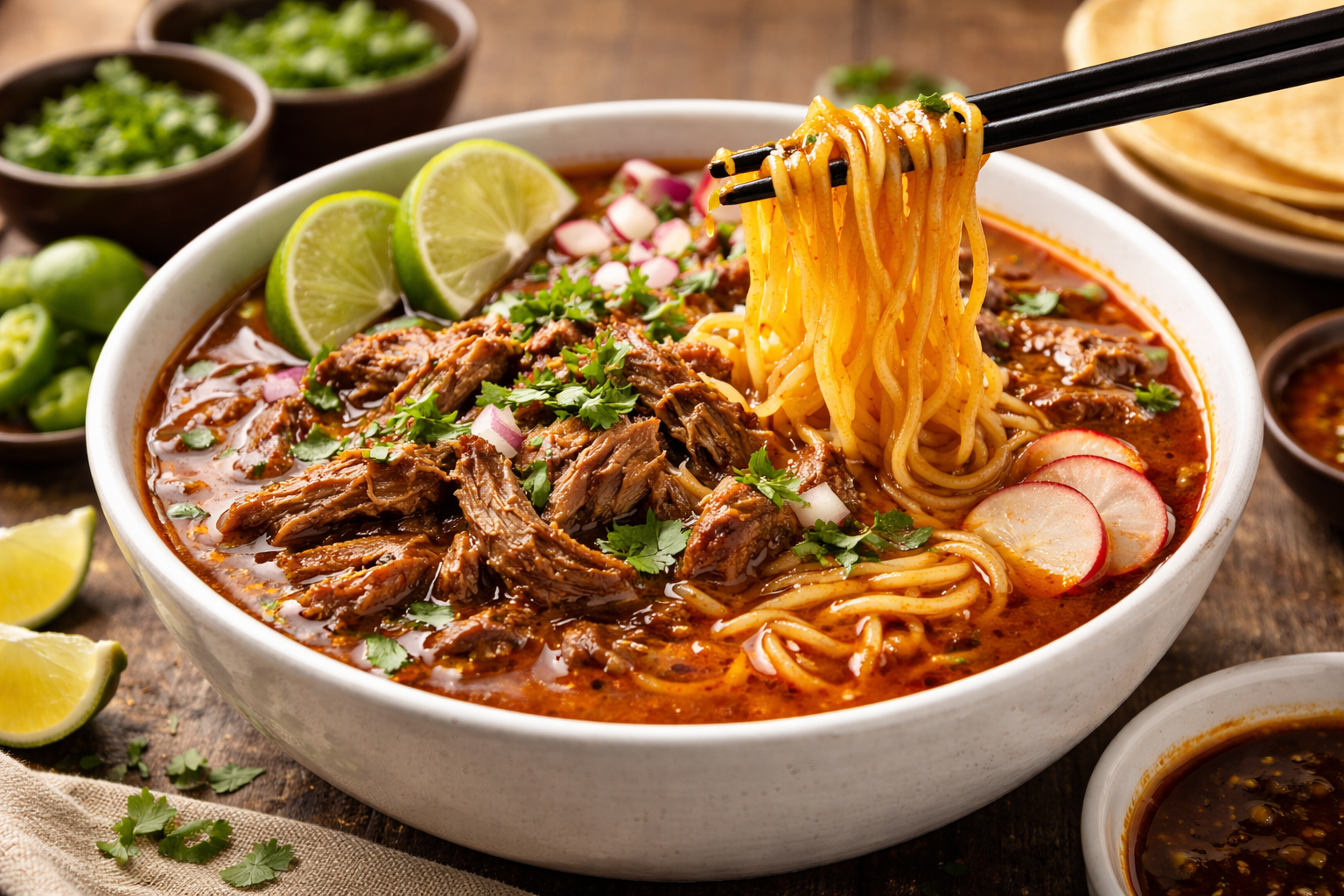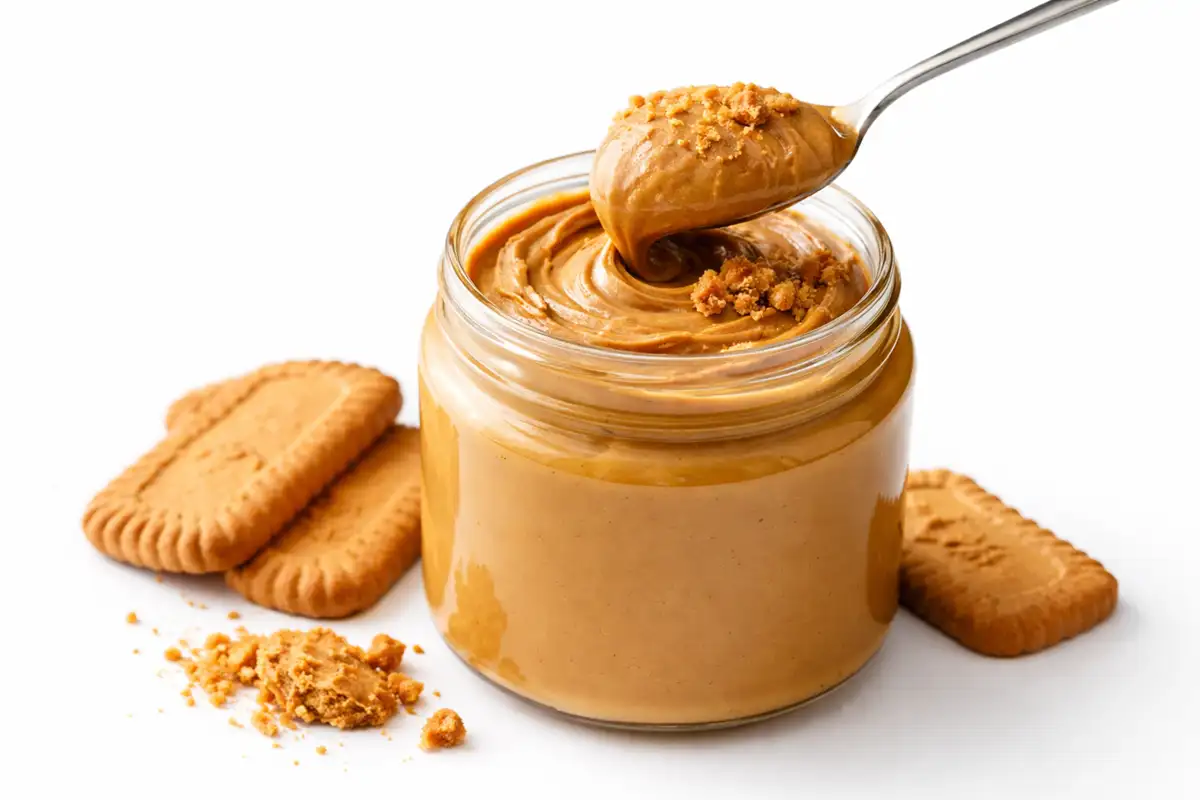Millennial Wine Trends: What’s Changing
According to the World Economic Forum, millennials account for roughly 23% of the global population. From sustainability to social media appeal, today’s top wine trends reflect the need for winemakers, CPG brands, retailers and restaurants to embrace millennial values and make wine accessible to the new generations driving our cultural shifts.
Want to explore how rosé, Italian wines, and canned formats shape shopper demand?
Must-watch millennial wine trends in 2025

Real-time consumer data from Tastewise reveals that millennial drinkers are gravitating toward wines that deliver a healthy mix of visual appeal, convenience, and flavor. With more than 70 million millennials in the U.S. alone, these particular preferences are reshaping the wine industry and driving up demand for new and innovative products. By tapping into the latest millennials wine trends, winemakers and distributors can more effectively cater to their target audiences while staying competitive in a crowded market.
Here are the most promising trends to keep an eye on this year:
- Sustainable and organic wines: Millennials are prioritizing transparency and eco-conscious practices in all kinds of purchasing decisions. Biodynamic, organic, and low-intervention wines are growing in popularity thanks to a winning combination of individuality and sustainability.
- Canned and portable formats: Millennials are on the move, making portable wine formats an easy choice for many younger consumers. Canned wine trends continue to gain steam with millennial and GenZ audiences, thanks to the added convenience, sustainability, and easy-to-control portion sizes they deliver.
- Pet-nats and orange wines: Pet-nat (short for Pétillant Naturell) wines are naturally bubbly and lower in sugar than other sparkling wine products. Pet-nats and orange wines are becoming staples among younger drinkers seeking something unexpected, low in sugar, and responsibly sourced.
- Rosé continues its reign: Rosé wine trends have been at the forefront of millennial wine culture and their momentum isn’t slowing down. Dry rosés in particular remain a millennial favorite for warm-weather sipping and social sharing thanks to their easy pairability and aesthetically pleasing whimsy.
- Local and lesser-known varietals: Interest in regional and indigenous grapes is growing, and likely influenced by millennials’ love of travel and global culture. Additionally, local vineyards are becoming hotspots for millennial social gatherings, encouraging many wine lovers to stock up on their locally produced favorites.
- Wine subscriptions and DTC models: Personalized wine clubs and direct-to-consumer shipping options continue to appeal to a convenience-driven generation that is constantly on the go.
- Low and no-alcohol wines: One of the biggest shifts in wine culture over the last few years is the growing push for low alcohol and alcohol-free wine products. Wellness-conscious millennials are fueling this rise of lower-ABV options and inspiring winemakers and CPG companies to go all in on non-alcoholic alternatives to popular wine products.
- Playful packaging and nostalgia marketing: Labels with a story or a humorous, relatable tone resonate strongly with millennials and open the door for a wide variety of influencer marketing campaigns. Many brands are also tapping into this generation’s love of nostalgia, crafting campaigns that evoke the “good old days” to deepen emotional connections and drive engagement within their target audience.
In many ways, millennial wine trends capitalize on the best and brightest global wine trends while capturing the nuanced preferences of this one-of-a-kind generation.
Stats and facts: What the data tells us about millennial wine consumption
All of the trends above aren’t just conjecture – the latest consumer data back them. Here are a few important statistics to keep in mind when making decisions about how to get millennials’ attention when producing, marketing, and distributing wine products:
- In 2023, millennials accounted for roughly 36% of all wine purchases made by members of the younger generations, outpacing both GenZ and GenX consumers
- The term “sparkling wine” accounts for about 20% of all wine-related social media posts shared by millennials.
- Millennials account for nearly 60% of the non-alcoholic wine market.
- Spritzers, rosés, and bellinis are becoming popular canned wine flavors, highlighting major crossover between sparkling wine trends and canned wine trends among millennial consumers.
- Wineries across the U.S. report that millennials are more likely to purchase wines at higher pricepoints.
Across the board, data suggests millennial wine trends are inextricably linked to other red wine trends, white wine trends, and food and beverage trends at-large. Additionally, as young wine drinkers reshape the market, platforms like Instagram and TikTok are transforming how the next generation discovers—and buys, their favorite wines.
The challenges of marketing wine to millennials
While Millennials are highly engaged, the wine industry still faces hurdles in reaching them. For starters, While millennials’ financial confidence has gradually begun to increase over the last several years, many Millennials are still limiting their spending in order to recover from the financial impact of the COVID-19 pandemic in addition to navigating changes to the student debt landscape.
Additionally, as more and more millennials embrace alcohol-free lifestyles, wine producers must elevate their non-alcoholic offerings to deliver products that satisfy consumer cravings without compromising on taste, aesthetic, or price. Similarly, the rising demand for ethical sourcing and strong brand values means vintners need to clearly define what they stand for and communicate it effectively to today’s increasingly values-driven consumers.
Just because millennials do wine a little differently does not mean brands should allow them to fall by the wayside. Instead, even the top producers of wine and wine-related products must give serious thought as to how to stand out in a crowded market while making direct appeals to the changing expectations of young consumers.
Future outlook
The future of wine is undoubtedly being shaped by Millennials. In the years since the pandemic alone, we’ve seen major changes in the way millennials find, purchase, and enjoy their favorite wines. As this generation continues to evolve, we can expect to see:
- More inclusive marketing that reflects diverse identities and preferences.
- Greater innovation in wine education and storytelling, with many brands embracing AI-driven tools and interactive content.
- Ongoing crossover with fashion, music, and pop culture as millennials’ wine preferences de-center prestige and prioritize lifestyle.
- Continued integration of Millennials’ wine preferences into broader wine trends, especially when it comes to sustainability, packaging, and global exploration.
Final thoughts
Millennials have redefined the way wine is marketed, shared, and consumed. Their impact is visible across red wine trends, white wine trends, and even Champagne trends as brands and marketers embrace and integrate millennial values from end-to-end. With the right strategies, the wine industry can continue to thrive by keeping pace with a dynamic generation who has already made major waves in an industry long believed to be married to tradition.
FAQs about Millennial wine preferences
Research suggests millennials prefer wines that are natural, sustainable, and – for some– low in alcohol. Rosé, chillable reds, pet-nats, and wines in convenient formats like cans are especially popular and gaining even more traction among younger consumers.
Gen Z is building off of millennial wine trends by embracing non-alcoholic alternatives, natural wines, and unique flavors. They also expect bold branding and ethical transparency throughout every step of the production and distribution process.
Thinking outside the box (or bottle)! Successful strategies for appealing to millennials involve clear storytelling, accessible wine education, fun packaging, sustainable practices, and social media engagement.




